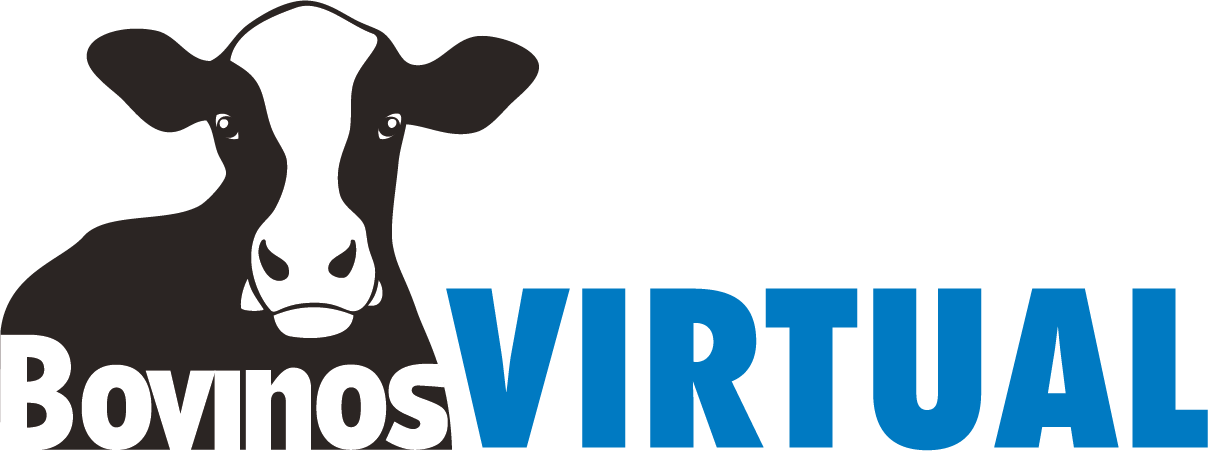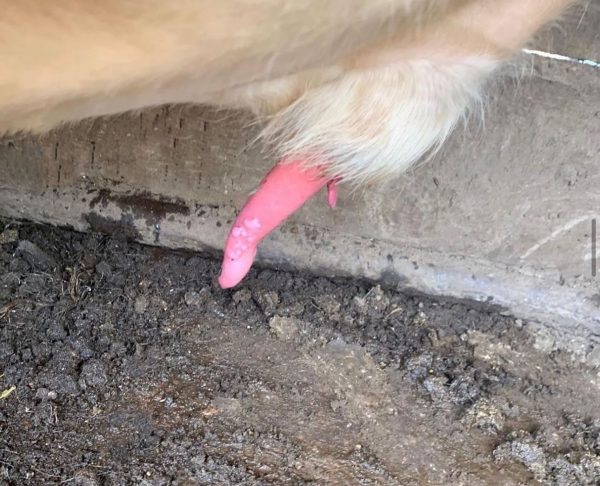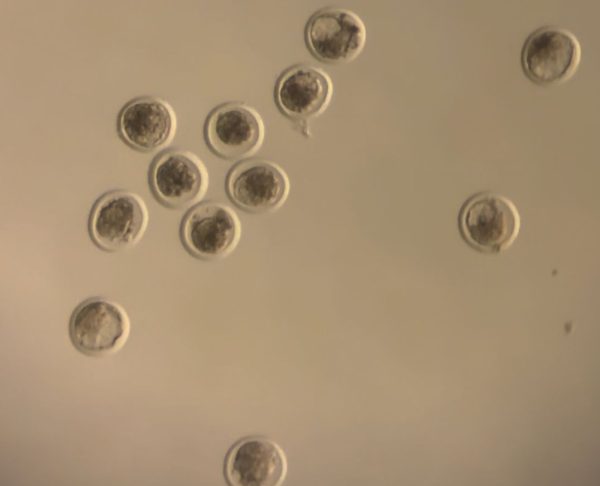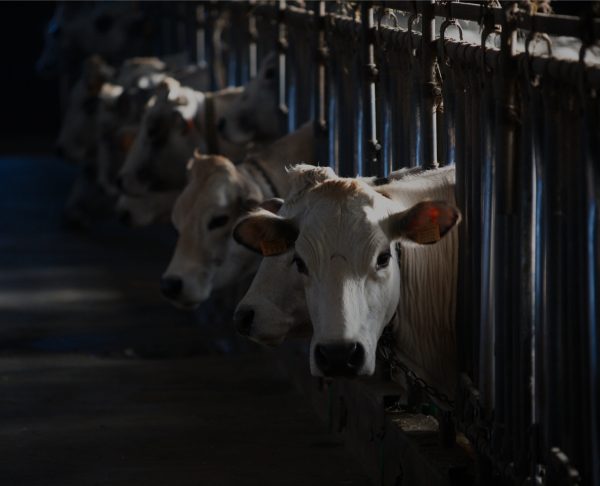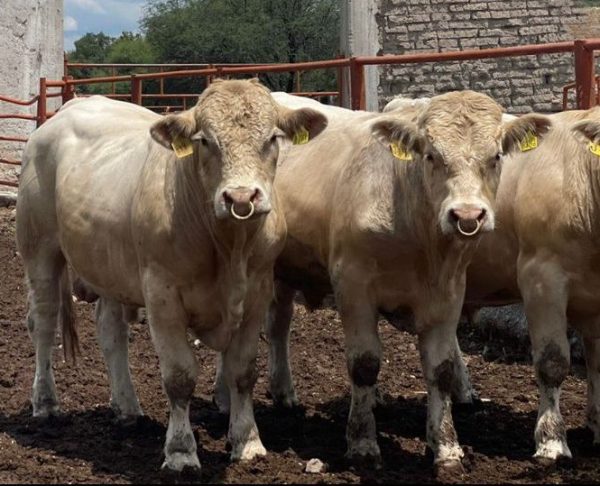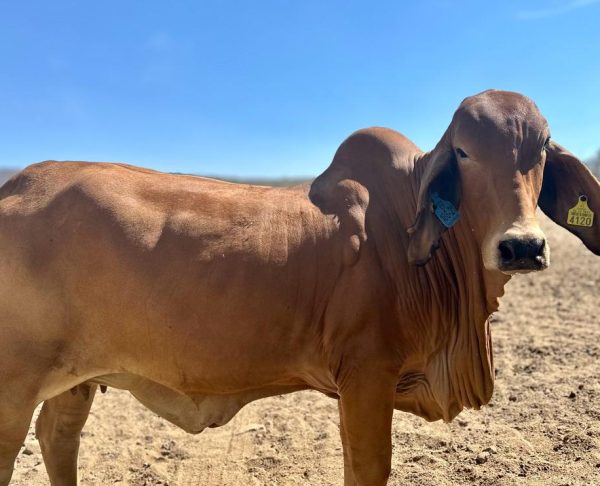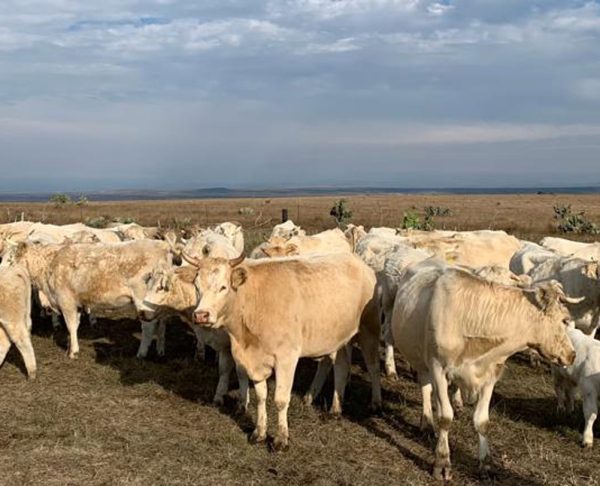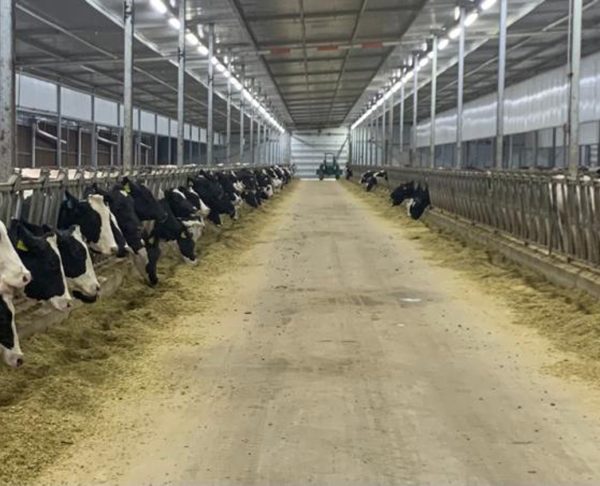Fetal death in cattle is a problem that can have a significant impact on livestock production. The loss of a calf not only represents a tragedy for the rancher but can also result in considerable economic losses. In this article, we will explore the causes of fetal death in cattle, how to diagnose it, and some key preventive measures to reduce its incidence.
Causes of Fetal Death in Cattle
Fetal death in cattle can result from a range of factors, both environmental and genetic. Below are some of the most common causes:
1. Genetic Factors
Genetics play a fundamental role in the health and viability of bovine offspring. Genetic issues such as inbreeding or the presence of faulty genes can increase the risk of fetal death. It is essential to carefully select breeders to avoid the transmission of these genetic problems.
2. Inadequate Nutrition
Poor nutrition during the gestation period can lead to fetal death. Deficiencies in essential nutrients, such as minerals and vitamins, can affect fetal development and result in death. Providing a balanced and adequate diet to pregnant cows is crucial.
3. Infectious Diseases
Infectious diseases like foot-and-mouth disease or brucellosis can cause fetal death in cattle. These diseases can be transmitted from mother to calf through the uterus, resulting in abortions or fetal deaths. Prevention through vaccination and disease control is crucial.
4. Environmental Stress
Environmental stress, including thermal and physical stress, can increase the risk of fetal death. High temperatures, overcrowding, and a lack of water can stress pregnant cows, potentially leading to fetal death. Providing proper management conditions and amenities for cattle is essential.
5. Trauma
Physical trauma, such as falls or injuries, can harm the fetus and lead to its death. It’s important to minimize situations that may endanger the safety of pregnant cows and provide a secure environment.
Diagnosis of Fetal Death
Detecting fetal death in cattle in a timely manner is crucial to taking preventive measures and avoiding disease spread. Some signs and methods for diagnosis include:
1. Lack of Fetal Movement
The absence of fetal activity is a significant indicator of fetal death. Ranchers should be attentive to the lack of fetal movement during the last third of gestation.
2. Absence of Fetal Heartbeats
The absence of fetal heartbeats, detected through ultrasound or auscultation, is a clear sign of fetal death.
3. Expulsion of a Dead Fetus
If a cow aborts a dead fetus, it should be examined by a veterinarian to determine the cause of death and prevent potential health problems in the herd.
Prevention of Fetal Death
Prevention is key to reducing the incidence of fetal death in cattle. Some preventive measures include:
1. Proper Nutritional Management
Providing a balanced and adequate diet during gestation is essential. This ensures that the fetus receives the necessary nutrients for healthy development.
2. Disease Control
Vaccination and infectious disease control are critical. Maintaining an up-to-date vaccination program and isolating sick animals are key practices.
3. Stress Management
Providing a stress-free environment is important. Avoiding stressful situations and providing adequate shelter and fresh water are essential practices.
4. Regular Monitoring
Consistently monitoring pregnant cows through ultrasound and other diagnostic techniques helps detect problems in a timely manner.
